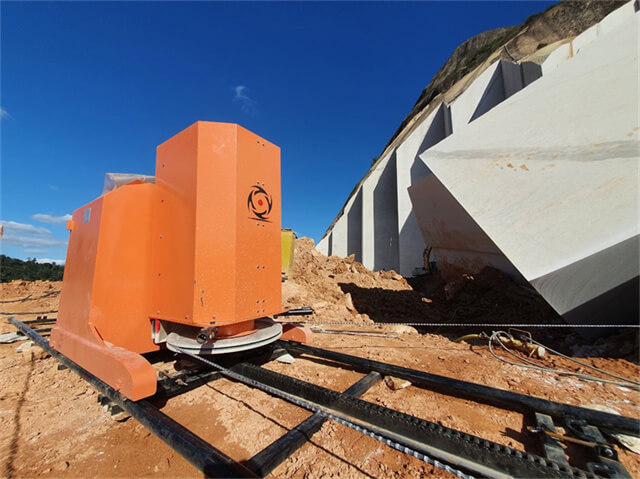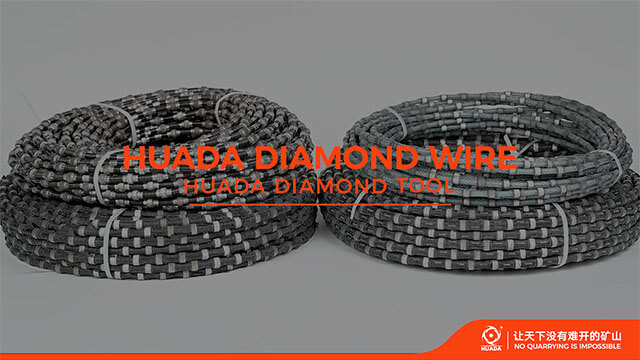Author:Huada Quarrying Machine FROM:Stone quarry machine manufacturer TIME:2024-11-13
Wire saw cutting machines have revolutionized the way materials, especially hard and brittle substances like stone, concrete, and certain metals, are processed. These machines utilize a thin wire with diamond segments attached, allowing for precise cuts with minimal waste. One of the most critical factors influencing the efficiency and effectiveness of wire saw cutting is the cutting speed. Understanding the typical cutting speeds of these machines can provide valuable insights into their operational capabilities and applications.
Cutting speed is defined as the speed at which the cutting tool moves through the material being cut. In the context of wire saw cutting machines, this speed is crucial as it directly affects the rate of material removal, surface quality, and overall efficiency of the cutting process. The cutting speed is usually measured in meters per second (m/s) or feet per minute (ft/min), depending on the industry standards. A higher cutting speed often results in faster operations but may also lead to increased wear on the wire and reduced precision.
The typical cutting speed for a wire saw machine varies based on several factors, including the type of material being cut, the diameter of the wire, and the specific design of the saw itself. Generally, wire saws operate at speeds ranging from 10 to 30 m/s. For softer materials like marble or granite, cutting speeds can be on the higher end of this scale, while harder materials such as quartzite or reinforced concrete may require slower speeds to maintain cutting efficiency and prevent damage.

Several factors can influence the optimal cutting speed of a wire saw, impacting both performance and longevity. These include:

Maintaining the appropriate cutting speed is vital for achieving optimal results in wire saw operations. If the cutting speed is too high, it can lead to excessive wear on the wire, resulting in frequent replacements and increased operational costs. Conversely, if the speed is too low, it may lead to inefficient cutting, longer processing times, and potential overheating of the wire, which could compromise its structural integrity.

Wire saw cutting machines are widely used across various industries due to their versatility and efficiency. In the stone industry, they are employed for cutting large blocks of granite and marble into manageable slabs. In the construction sector, wire saws are utilized for precise cutting of concrete structures, enabling renovations and demolitions with minimal disruption. Additionally, in the manufacturing of solar panels, wire saws play a crucial role in slicing silicon wafers, a process that requires high precision and low kerf loss.
Recent advancements in wire saw technology have focused on improving cutting speeds and overall efficiency. Innovations such as automated control systems, advanced cooling techniques, and the development of more durable wire materials have led to significant improvements in performance. These advancements not only enhance cutting speeds but also increase the lifespan of the wire, leading to reduced operational costs and improved productivity.
In conclusion, understanding the typical cutting speeds of wire saw cutting machines is essential for maximizing efficiency and effectiveness in various applications. By considering factors such as material hardness, wire diameter, and cooling systems, operators can determine the optimal cutting speed for their specific needs. With ongoing technological advancements, the future of wire saw cutting promises even greater efficiencies and capabilities, making it an invaluable tool in numerous industries.